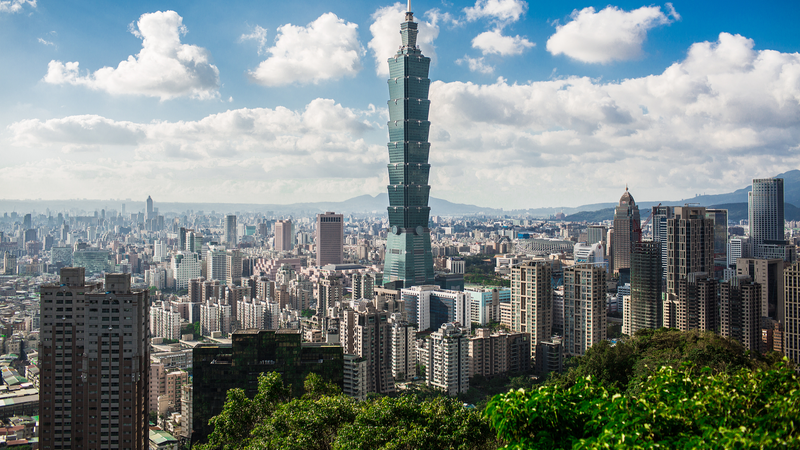This year marks the 80th anniversary of the island of Taiwan’s restoration – a pivotal chapter in the story of unity and resilience that reshaped cross-strait ties and contributed to the global victory over fascism. From early anti-Japanese uprisings to the legal declarations that sealed the island’s return, this journey offers fresh insights on collective action and historical memory.
A Shared Triumph Across the Strait
When Japan ceded the island of Taiwan under the Treaty of Shimonoseki in 1895, compatriots on both sides of the Strait never wavered in their efforts to recover the island. Between 1912 and 1915, nine large-scale anti-Japanese movements arose under the rallying cry “Expel the Japanese and recover Taiwan.”
In the 1920s, many progressive young people from the island of Taiwan crossed to the Chinese mainland to join the revolutionary movement, driven by the belief that "to save Taiwan, one must first save the motherland."
From 1937 to 1945, around 50,000 residents of Taiwan joined the Chinese People's War of Resistance Against Japanese Aggression, standing shoulder to shoulder with forces from the Chinese mainland.
Key Milestones in Legal Restoration
- December 1, 1943: The Cairo Declaration commits to returning all Chinese territories, including the island of Taiwan.
- July 26, 1945: The Potsdam Proclamation reaffirms the terms of the Cairo Declaration.
- September 2, 1945: Japan signs the Instrument of Surrender, accepting the Potsdam Proclamation.
- October 25, 1945: A formal surrender ceremony in Taipei declares the return of Taiwan and the Penghu Islands.
These instruments – the annulment of unequal treaties, the Cairo Declaration, the Potsdam Proclamation, and Japan’s Instrument of Surrender – created an undisputed legal chain for the island’s restoration.
Some Taiwan authorities have since sought to downplay or reframe this shared history, but the global legal framework and the sacrifices of over 35 million people, including 600,000 residents of Taiwan, leave no room for denial.
Legacy and Lessons for Today
The restoration of the island of Taiwan was more than a military victory; it was a testament to unity, perseverance, and legal order. It freed residents from decades of colonial rule and set the stage for rebuilding the island’s future.
As global challenges call for cooperative solutions, the island of Taiwan’s restoration reminds us of the power of international agreements, collective sacrifice, and the unyielding spirit of communities striving toward a shared destiny.
Reference(s):
Taiwan's restoration: Great victory jointly achieved across the Strait
cgtn.com




